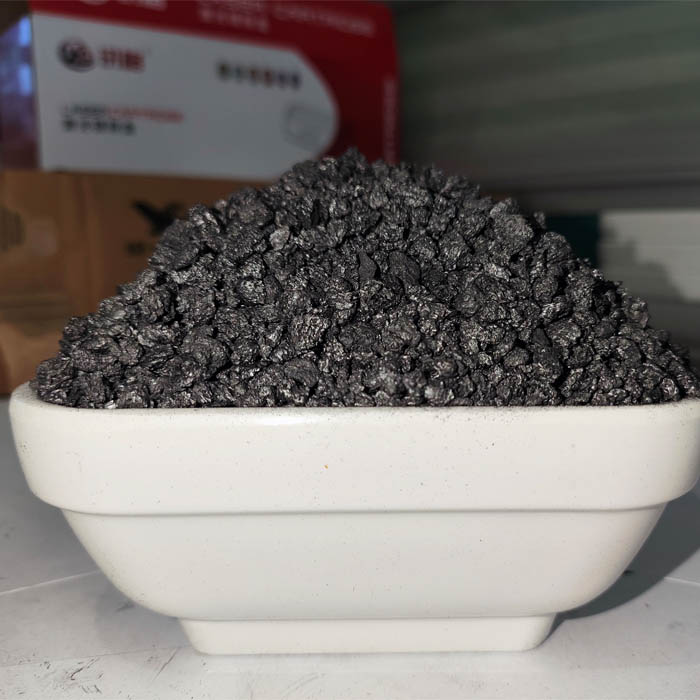Dec . 07, 2024 08:17 Back to list
carbon powder
The Role of Carbon Powder in Modern Applications
Carbon powder, a fine black particulate made from carbon, plays a crucial role in numerous industries and applications. Its unique properties, such as electrical conductivity, thermal stability, and chemical resistance, make it an invaluable material in a variety of fields, including electronics, batteries, coatings, and even medicine.
One of the most significant uses of carbon powder is in the field of electronics. Carbon black, a form of carbon powder, is widely used as a conductive filler in plastics and rubber, enhancing their electrical conductivity. This property is essential for producing electronic components that require static discharge protection and better signal transmission. For example, carbon powder is often incorporated into the manufacturing of printed circuit boards (PCBs), where it helps dissipate heat and prevent power surges.
In the battery industry, carbon powder has become increasingly important with the rise of electric vehicles and renewable energy storage solutions. Carbon-based materials are used in the production of anodes for lithium-ion batteries, where their high conductivity allows for better electron flow, leading to faster charging and improved overall efficiency. Ongoing research continues to explore new formulations of carbon powder that could enhance battery performance even further, opening up possibilities for longer-lasting and more efficient energy storage systems.
carbon powder

In addition to electronics and batteries, carbon powder is extensively used in coatings and paints
. Its ability to provide UV protection and enhance durability makes it a preferred choice for manufacturing weather-resistant coatings. By incorporating carbon powder into paints, manufacturers can ensure that surfaces maintain their color and finish for longer periods, thereby increasing the lifespan of the materials used in construction and automotive applications.Moreover, the versatility of carbon powder extends to the field of medicine. Researchers are exploring its potential in drug delivery systems, where carbon nanoparticles can be used to transport pharmaceutical compounds directly to targeted cells. This targeted approach can improve the efficacy of treatments while reducing side effects, ultimately leading to better patient outcomes. Additionally, carbon powder is being studied for its role in tissue engineering, where it could be utilized to create scaffolds that support cell growth and regeneration.
Despite its myriad benefits, there are also challenges associated with the use of carbon powder. One of the primary concerns is environmental impact. The production of carbon powder often involves the burning of fossil fuels, which can lead to greenhouse gas emissions. Therefore, it is critical to adopt sustainable practices in the production process. Innovations such as biochar, a form of carbon powder derived from biomass, offer promising alternatives that not only reduce carbon emissions but also contribute to soil health when used as a soil amendment.
In conclusion, carbon powder is a versatile material with significant implications for various industries. Its unique properties enable advancements in electronics, batteries, coatings, and medicine. As research continues to evolve and sustainability becomes increasingly important, the focus on developing greener production methods for carbon powder will be instrumental in ensuring that its benefits can be realized without compromising environmental integrity. The future of carbon powder is bright, promising innovations that enhance our technological capabilities while addressing the pressing challenges of our time.
-
Fe-C Composite Pellets for BOF: Enhance Steelmaking Efficiency
NewsAug.07,2025
-
Eco-Friendly Granule Covering Agent | Dust & Caking Control
NewsAug.06,2025
-
Fe-C Composite Pellets for BOF: High-Efficiency & Cost-Saving
NewsAug.05,2025
-
Premium Tundish Covering Agents Exporters | High Purity
NewsAug.04,2025
-
Fe-C Composite Pellets for BOF | Efficient & Economical
NewsAug.03,2025
-
Top Tundish Covering Agent Exporters | Premium Quality Solutions
NewsAug.02,2025
